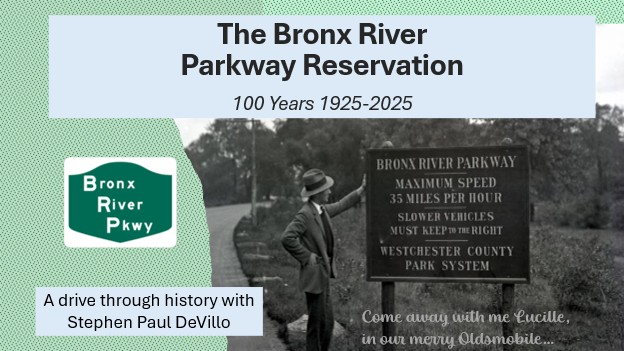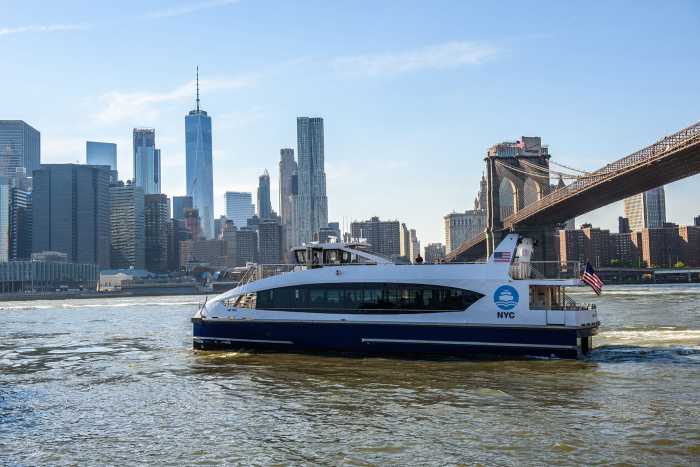Response times for NYC’s emergency medical services increased significantly so far in 2025, according to the city’s most recent data, with various possible reasons for the delays at play.
The average FDNY ambulance response time for life-threatening medical emergencies this year is 12.35 minutes, alarmingly up from 11.87 minutes in 2024.
The statistics get more chilling as the data is broken down month by month. The average emergency response time was 11.93 last month, up from 11.44 in March 2024.
February did not fare well, either. It took ambulances an average of 13 minutes to respond to emergency scenes, up from 11.59 minutes the same month last year. January saw an increase to 12.76 from 11.93 during the same period in 2024.
What is causing the lag?
Mayor Eric Adams’ administration cited various factors for the delays, ranging from heavy traffic in the outer boroughs to higher 911 call volumes.
“The Adams administration is dedicated to making sure New Yorkers get the lifesaving services they need when they need them,” a City Hall spokesperson told amNewYork. “While several factors on our streets — like outer-borough traffic congestion and higher call volumes — are beyond our control, we are using every tool in our toolbox to improve response times, like increasing coordination with hospitals, enhancing efficiency in high-volume areas, and using telehealth technology to streamline care.”

Each 911 call is divided into eight categories to show where the least—and most—lag time occurs: pickup, call-taker processing, Fire Department pickup, Fire Department processing, EMS pickup, EMS processing, dispatch, and travel.
Underscoring what the mayor’s office said, travel was the biggest hurdle for ambulance drivers, rather than the call-taking or dispatch periods.
The FDNY and Mayor’s tools to counteract traffic have so far worked, the Adams administration said. For example, at six hospitals where the fire department launched hospital liaison teams to help expedite ambulance turnaround times in ERs, ambulance crews were able to return to service seven minutes faster.
“This work has led to a decrease in police response times, and we are working to continue to drive down times even further,” the City Hall spokesperson said. “We take this issue extremely seriously and will continue to take every step possible to keep New Yorkers safe.”
The burdensome traffic conditions for ambulance buses follow an ongoing effort to redesign streets throughout the city, which has many New Yorkers concerned about emergency response times.
One of those overhauls includes the city’s Department of Transportation’s (DOT) elimination of driving lanes and the addition of more bike lanes. This ongoing project, part of the NYC Streets Plan, creates more safety and accessibility improvements for pedestrians and cyclists.
Are street safety measures to blame?
amNewYork spoke to New Yorkers and EMTs about their concerns. One factor that was continuously brought up was whether street redesigns, such as the elimination of one car lane on Sixth Avenue in Manhattan or the recent driving-lane loss on Seaview Avenue in Staten Island, among similar changes throughout the city, could play a role in preventing emergency vehicles from getting to where they need to go.
“It’s probably because of all the red light cameras, speed cameras and speed bumps, bicycle lanes causing congestion,” New Yorker Tom Gerrish said. “Bus lanes, too, people are afraid to drive in.”
Danielle Aquaviva of Queens, said she is “deeply alarmed” by the rise in ambulance response times, especially as she suffers from an autoimmune condition that, if something dangerous happens, would require immediate medical attention.
“Every second counts when lives are at stake, and these delays could mean the difference between life and death for those in critical need of immediate medical attention,” she said. “As someone with an autoimmune condition that can result in life-threatening arterial blood clots, a swift response is vital for my survival.”
EMTs, who have their boots on the ground every day, gave amNewYork their thoughts on the issue.
One FDNY paramedic, who has been on the job for 12 years, said navigating the roads while responding to a scene can be challenging because of driver behavior and new street redesigns.
“Some folks do not yield or yield incorrectly,” she said. “This means opposite traffic as well. We are legally allowed to cross double solid yellow lines. Another factor is the bike and parking lanes. A once two-lane road in Bay Ridge has been turned into a one travel lane, one parking lane, and one bike lane, so folks cannot even merge to the right on that road because that second travel lane is now parking. It’s happening citywide, further slowing response times.”
Ambulances are also facing more illegally parked cars throughout the city, the paramedic said.
“Double parking. I work in Brooklyn, and Eighth Avenue is two lanes of travel but everyone double parks leaving only the center yellow line to travel on,” she explained.
The DOT’s ongoing plan to enhance safety on city streets includes various redesign projects in 2024 aimed at making streets more bike- and pedestrian-friendly.
These projects include approximately 30 miles of protected bike lanes—the third-most miles of protected bike lanes ever installed in a year—some of which take up street space previously used for driving.
The DOT told amNewYork that street enhancements such as these are not a deterrent to emergency vehicles.
“NYC DOT safety projects are reviewed by emergency response agencies, approved by traffic engineers, and based on best practices from around the world,” Vincent Barone, a DOT spokesperson, explained. “NYC DOT data shows no correlation between street safety projects and emergency response times in surrounding areas.”
Skeleton crews and low pay
Despite the street hurdles, there is one resounding factor that most EMTs agree is causing slower emergency response time: Low pay and short staffing.
“New York’s EMTs and paramedics serve one of the world’s busiest medical first responder agencies, yet as emergency call volumes and response times continue to rise, funding to improve FDNY EMS is still stagnant,” said Oren Barzilay, president of the FDNY EMS Local 2507. “We are stretched thin, EMS headcounts are constantly fluctuating, and we have less available vehicles.”
Research data support Barzilay’s sentiments. The NYS Department of Health’s State Emergency Medical Services Council reports that 58% of state EMS agencies indicated that the decline in the number of certified responders diminished their ability to cover calls or schedule shifts.
“The agency is running at an unsustainable pace. Meanwhile, members make less than a typical teenage babysitter but are responsible for saving New Yorkers’ lives,” Barzilay said. “Response times and maintaining the safety of our city will remain a constant issue unless city leaders grant EMTs and paramedics the livable wages they deserve.”
Vincent Polizzi, an FDNY EMT, agreed that workers are paid “horrible” wages, and it is difficult to maintain enough staff.
“We make horrible pay, so to actually get anyone to stay is like pulling teeth,” he said. “So most people are at the tender age of 18, and it’s their first job, not realizing how important it is.”
Another EMT, who went by Jon for this story, said morale in the department is suffering because of the short staffing and broken promises of pay increases from leadership.
“The pay is garbage, and for a family of four, we are barely scraping by,” he said. “I’ve been in EMS for 18 years, and the morale gets worse and worse. The general public suffers because we in EMS have become so jaded from the mistreatment we have been getting for so many years. We have been promised better pay since as long as I can remember.”
Future Outlook
In the meantime, city officials said they are continuing efforts to improve emergency response times.
To help reduce strain on the 911 system, FDNY will launch a public service announcement campaign to educate New Yorkers on when it is appropriate to call 911, outlining what constitutes a medical emergency; the role of paramedics and emergency medical technicians; and resources such as urgent care centers, telehealth, and telemedicine.
While the campaign is still in its early stages, the FDNY aims to roll out in the summer.






































